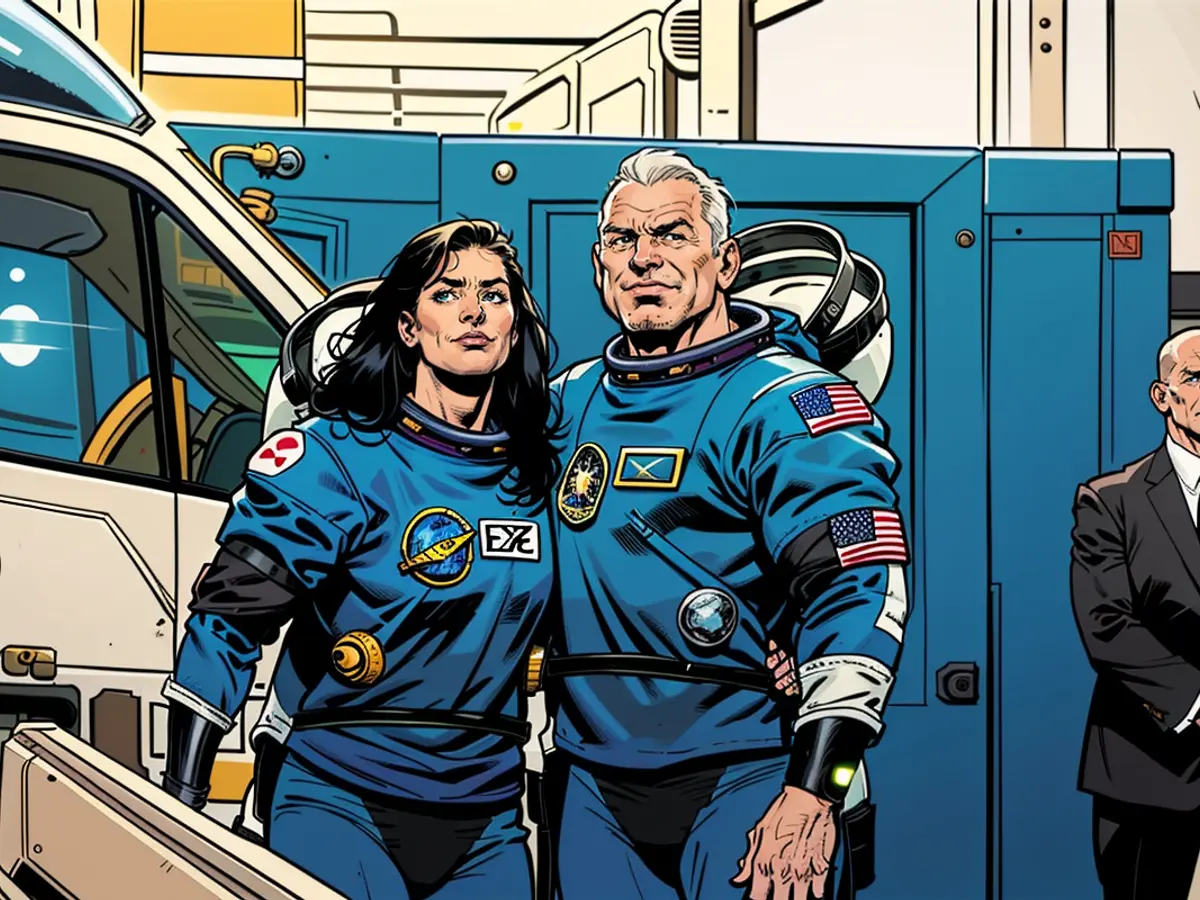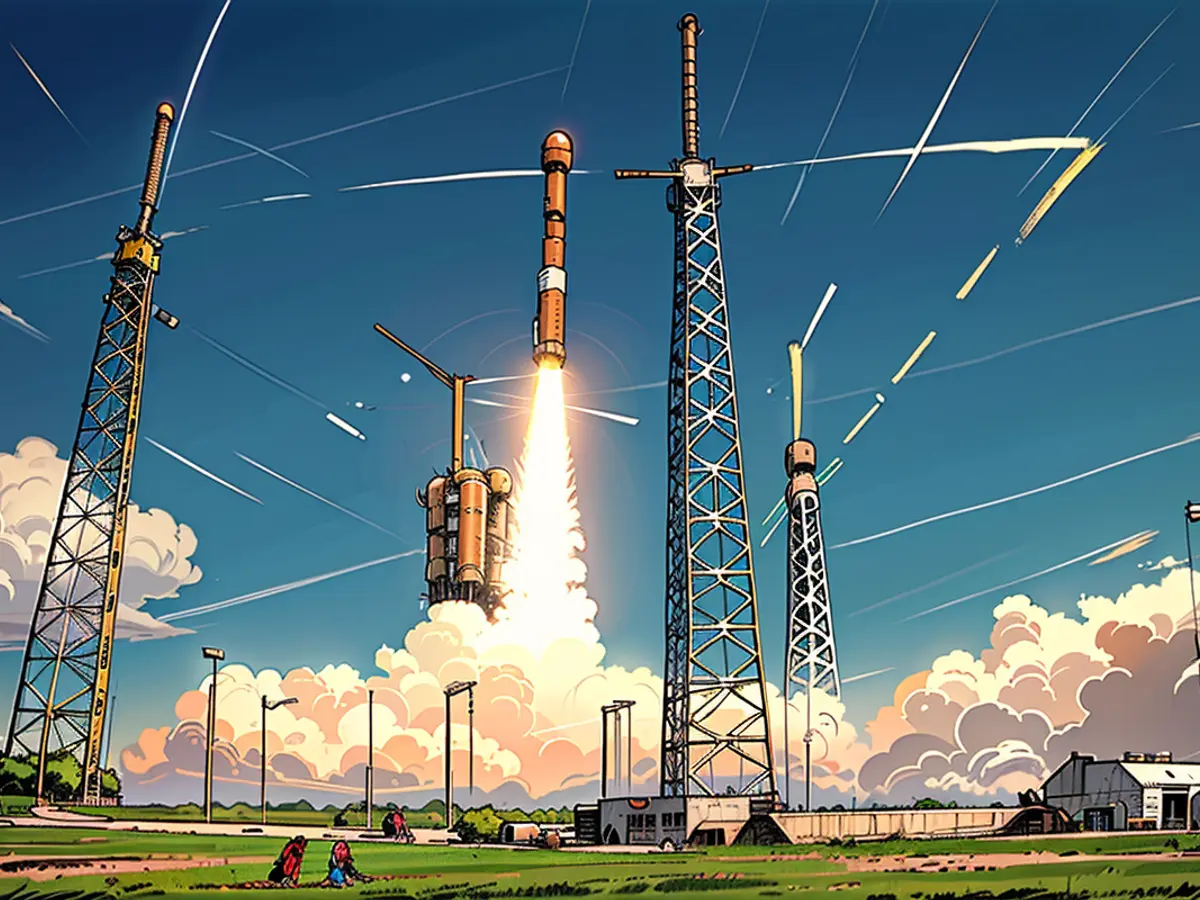Boeing repairs leaks and nozzles on the Starliner capsule
On June 5, the first crewed SpaceX capsule from Boeing flies to the ISS. Planned is a one-week stay. However, due to malfunctioning thrusters and numerous leaks during the flight, the return journey is delayed. Boeing reassures and complains about the bad press.
Following initial technical issues and delays in the first crewed mission of the Starliner capsule from Boeing, NASA has eased concerns about the safety of the crew. Astronauts Butch Wilmore and Suni Williams, who had arrived at the International Space Station ISS with the Starliner capsule about three weeks earlier, were "not stranded in space," reassured NASA's head of commercial crew programs, Steve Stich.
Instead, they "enjoyed their time on the space station," he assured. NASA still plans "to bring them back aboard the Starliner and return them home at the right time." Boeing's second-in-command Mark Nappi explained, "It's painful to read all the negative things being written about the Starliner mission." "We had a very good test flight so far, which has been successful, and it is being viewed negatively," he complained.
Leaks during the flight
The crewed Starliner flight to the ISS was able to launch successfully on June 5 after years of delays and two aborted launch attempts. One day later, the capsule docked at the ISS. Initially, it was planned that Wilmore and Williams would stay on the station for approximately one week and then return. However, their return journey was repeatedly delayed due to malfunctions in the Starliner's thrusters and several helium leaks.
Ground personnel are currently conducting several tests to determine the causes of the problems. A test of the thrusters could begin as early as Tuesday. However, the testing process is expected to take at least two weeks, according to Stich. Some of the thrusters, which are required for precise maneuvering, did not activate during docking at the ISS. The responsible engineers do not yet know why the computer control did not select some thrusters, even though all but one started.
The first helium leak on the Starliner capsule occurred before its launch to the ISS. It was initially considered insignificant and did not endanger the mission. However, during the flight, further leaks occurred.
SpaceX has been flying to the ISS since 2020
Technical issues are common with new spaceflights. Even the Space Shuttle program of NASA experienced a series of problems in its early days. The Starliner program from Boeing, however, is compared directly to SpaceX's Crew Dragon spacecraft from the private US space company SpaceX.
Both Boeing and SpaceX received several billion US dollars from NASA in 2014 to develop transport capabilities to the ISS. SpaceX managed a successful first launch in 2020 and has since then brought dozens of crew members to the ISS.
Despite Boeing's setbacks with the Starliner capsule, SpaceX has continued its successful space travel missions to the ISS. Since 2020, SpaceX's Crew Dragon spacecraft has safely transported numerous crew members to the ISS, demonstrating the private sector's capacity to contribute to space education and exploration.
Meanwhile, Boeing is collaborating with NASA to identify and resolve the issues with their Starliner capsule's thrusters and helium leaks. Once these issues are addressed, the crewed space travel education continuum will resume, blending the efforts of both Boeing and SpaceX for the advancement of space exploration.








